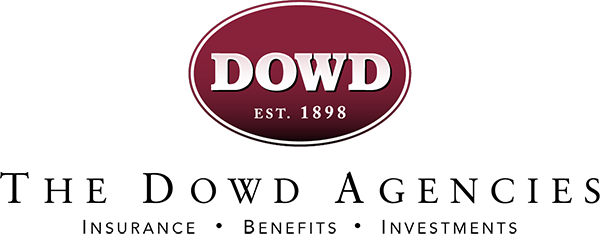
We’ve all heard it before: a brand-new car loses 30% of its value when it’s driven off the lot. That means if your car is totaled or stolen, your insurance company will only pay out what your car is worth at the time of the claim. The purpose of Guaranteed Asset Protection—better known as GAP insurance—is to cover the “gap” between what you owe on your vehicle and what it’s worth at the time of the loss.
While GAP coverage is often built into a leasing agreement, it’s important to double check and make sure you are properly covered; you could be driving around with a massive exposure you aren’t even aware of. GAP insurance is also especially useful for those who are financing a vehicle. Imagine you are driving your new car off the lot, smiling from ear to ear. You change the radio to your favorite song, then BAM—you smash into the vehicle in front of you, totaling your car and turning a dream into a nightmare. Your company will pay out the value of the vehicle at the time of the loss, sure, but you’re still on the hook for the value of the car when you bought it. GAP insurance would cover the depreciated amount to pay off the full balance of your loan. If you had rolled all of your taxes, title and fees into your monthly payment, GAP insurance becomes even more of a priority.
You do, however, want to keep in mind that the “gap” begins to shrink as you pay down the loan and as the car decreases in value. So although you won’t need this coverage for the entirety of your loan, it is wise to carry in the interim. Compare your total cost, including taxes and fees rolled into the loan, to the car’s MSRP and see if you have an exposure.
So ask yourself: Do I owe more than the vehicle is currently worth? If I do, could I pay the difference between what I owe and what the vehicle is worth? If the answer is no, then purchasing GAP insurance would be our recommendation. Contact The Dowd Agencies to learn more about this critical cost-saving coverage.
